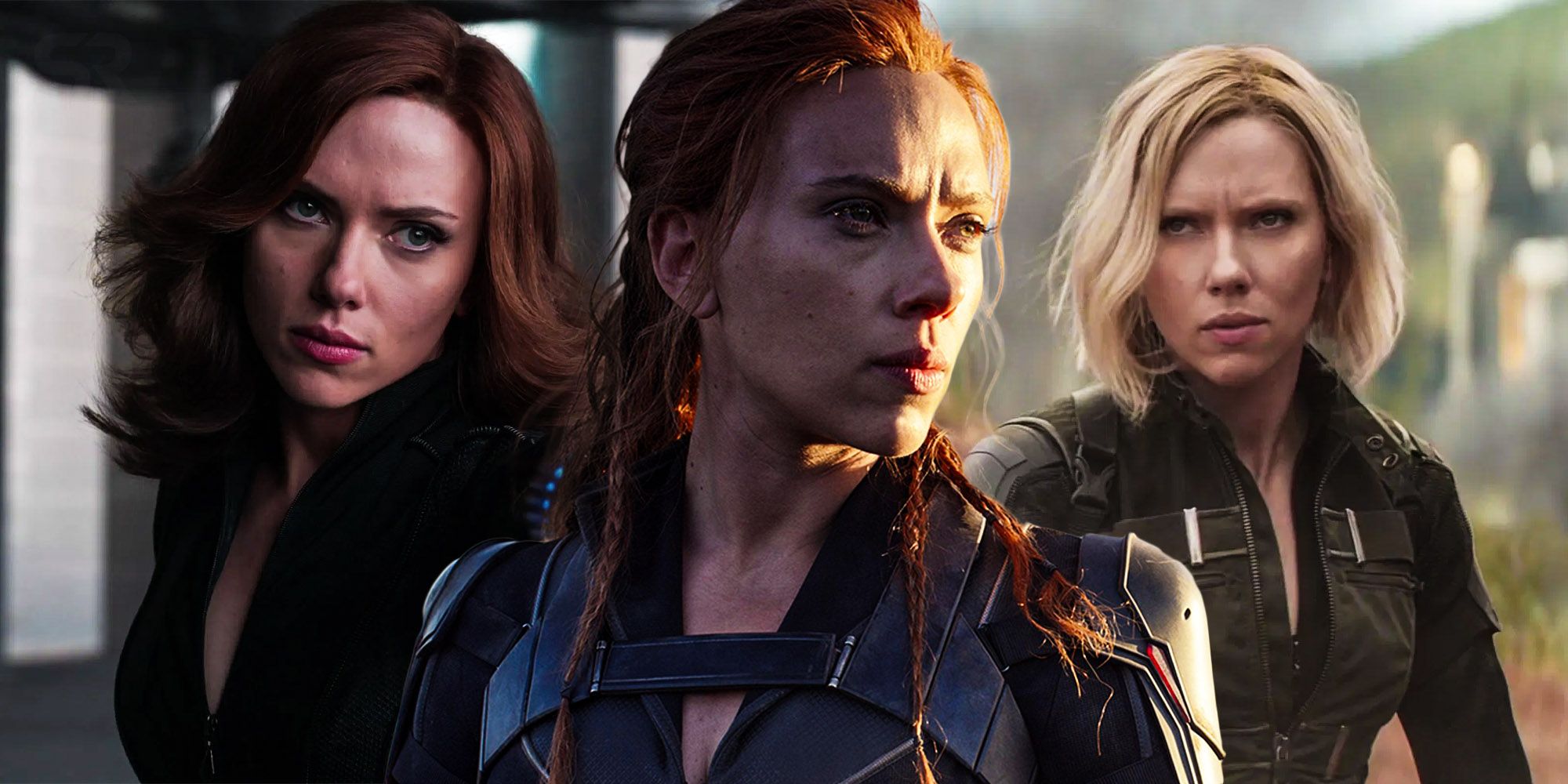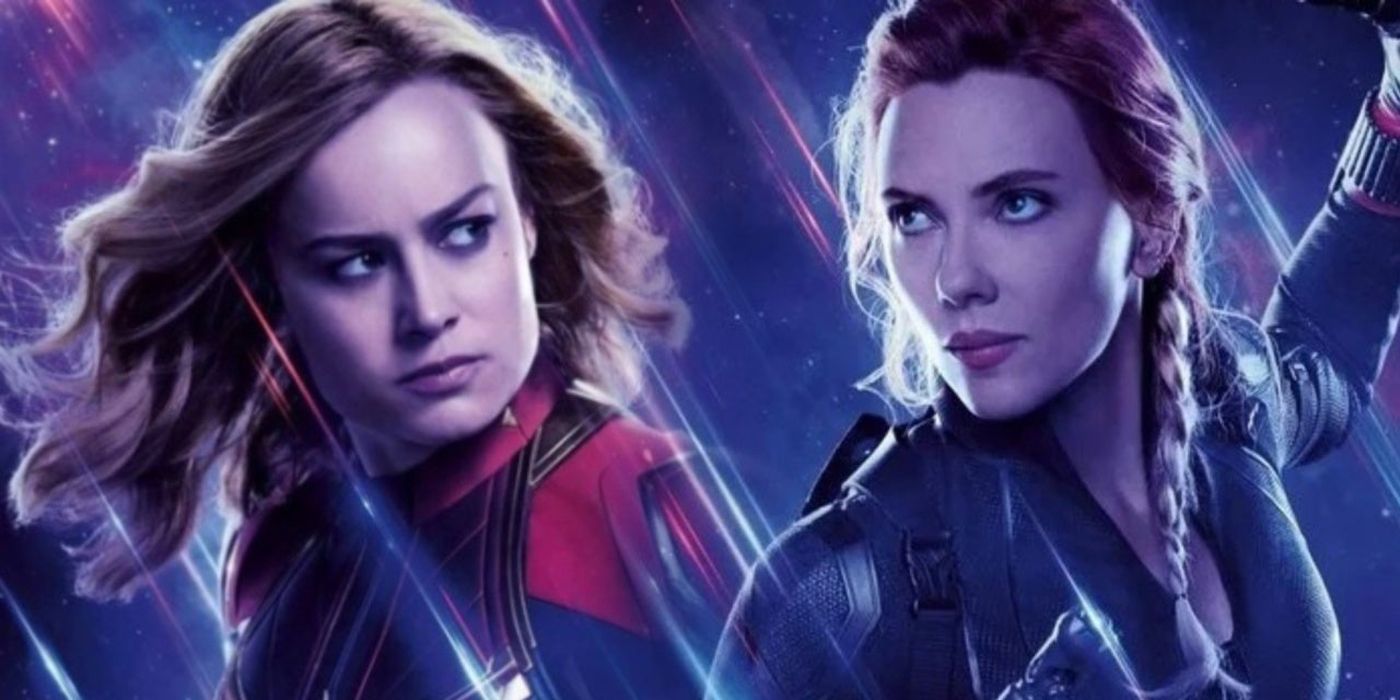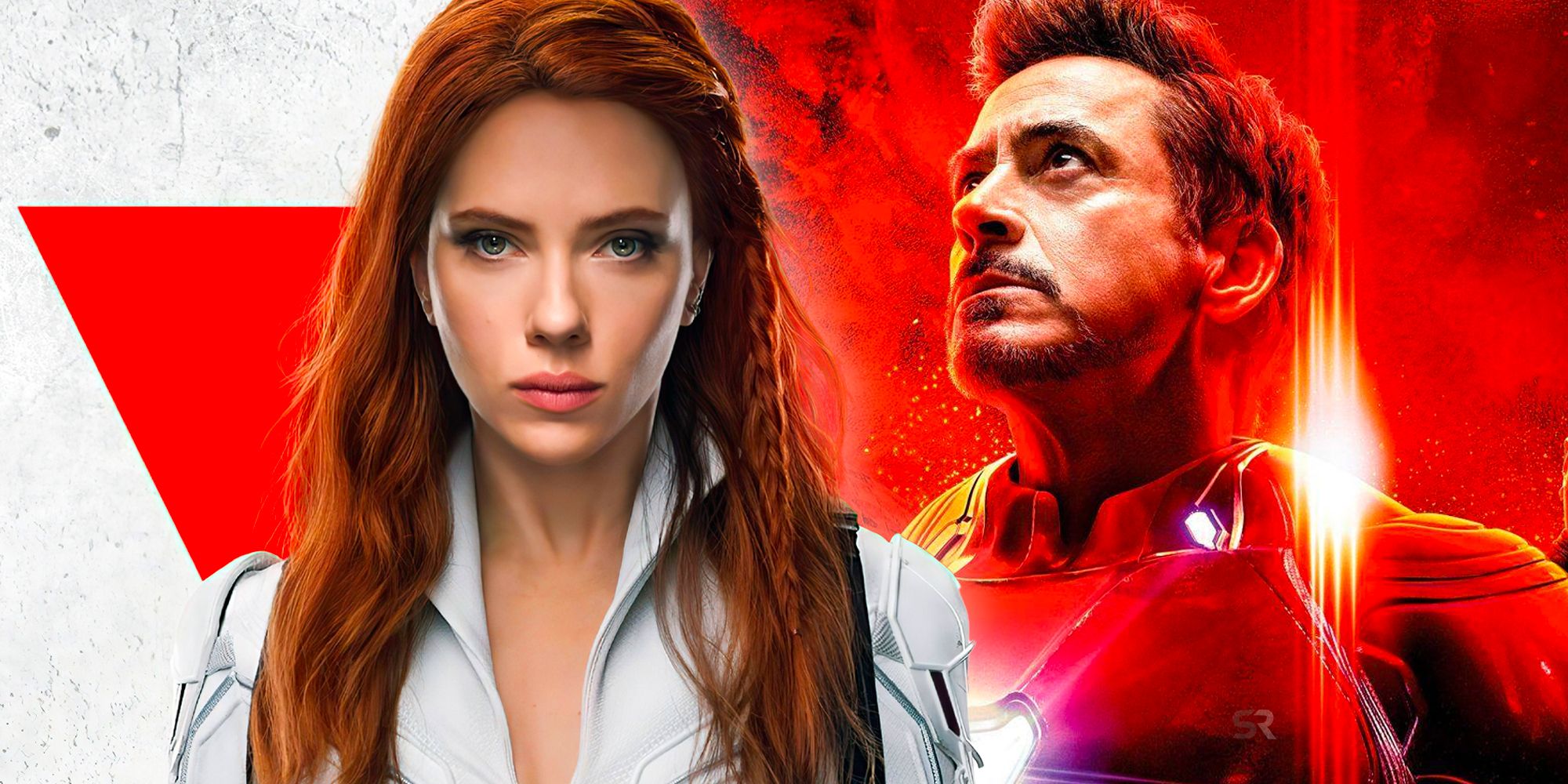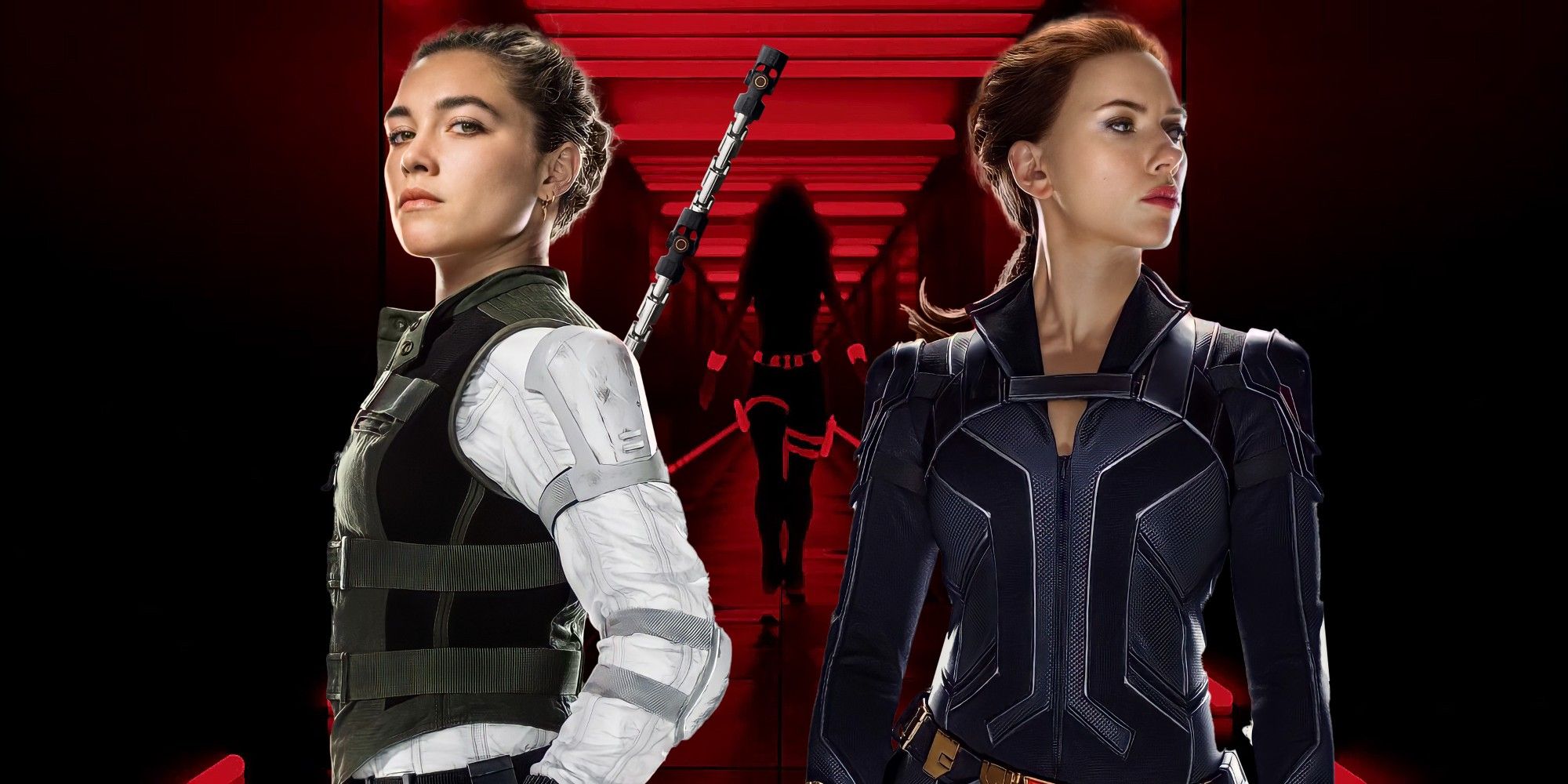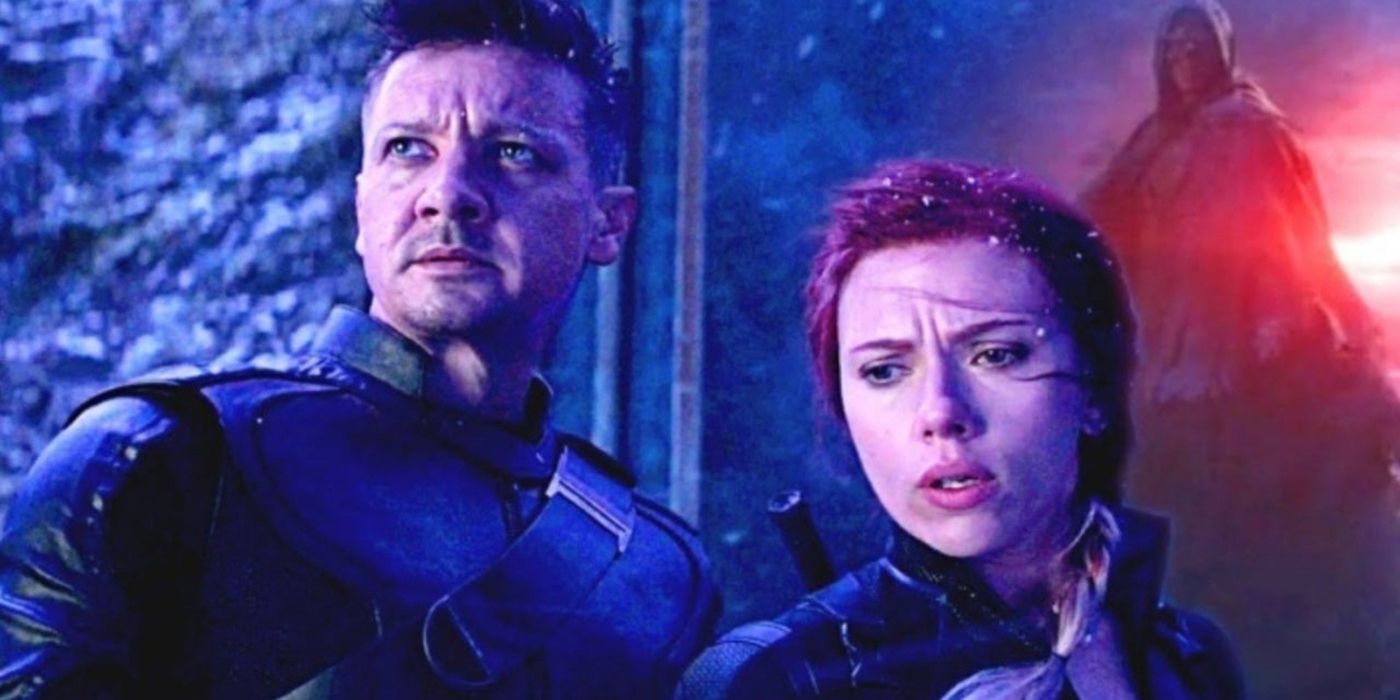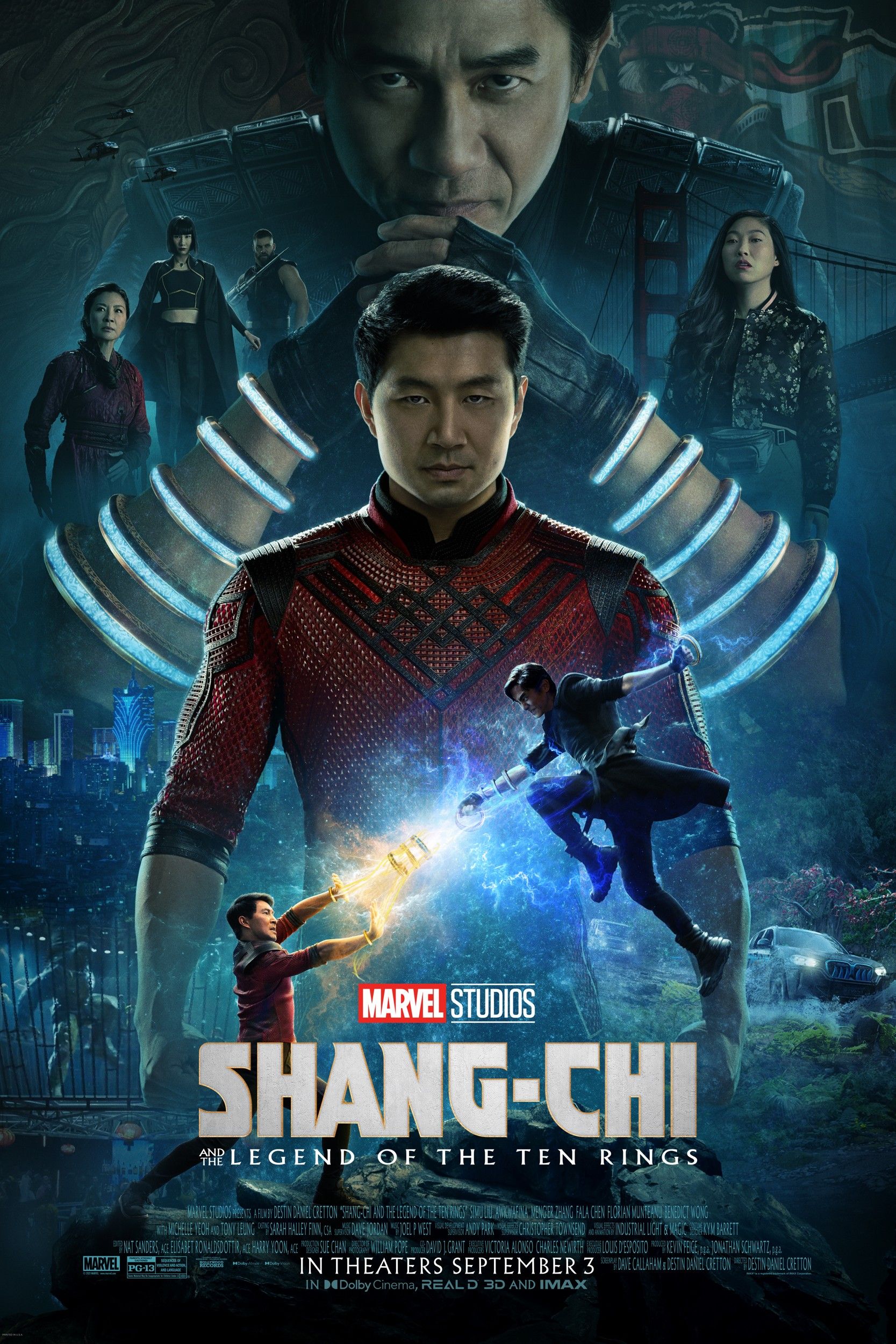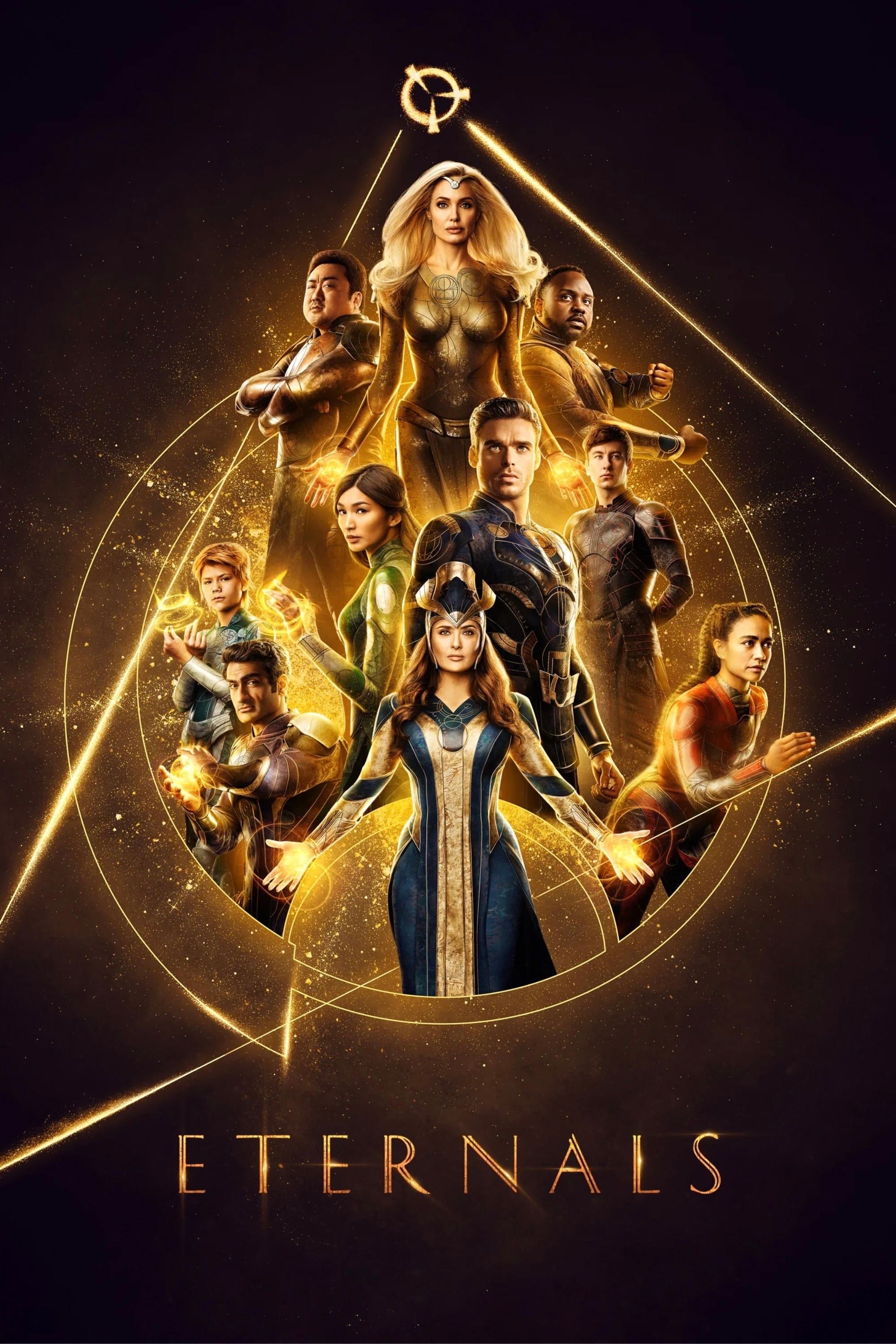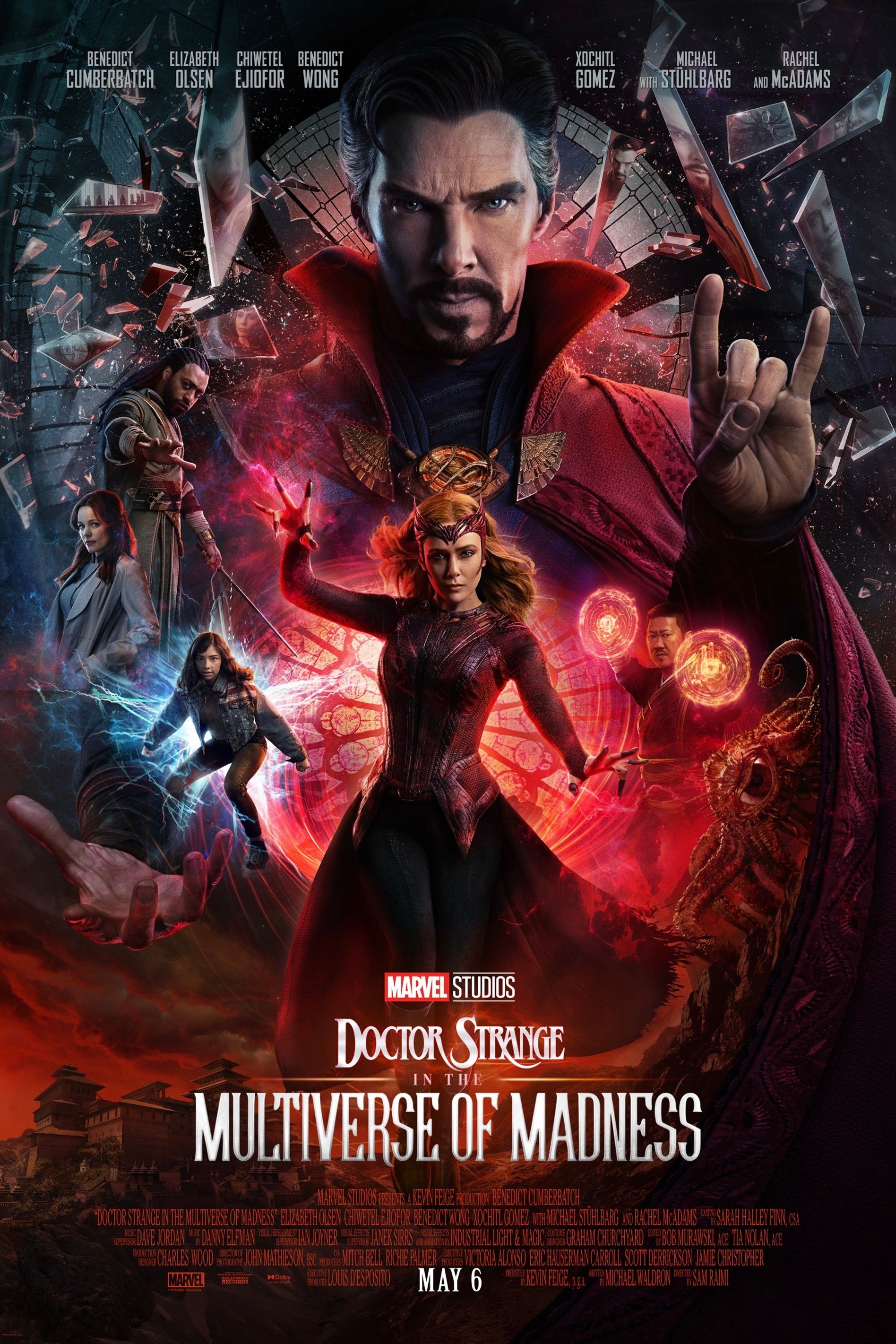Warning: This post contains Black Widow spoilers.
Black Widow would have worked better as part of the MCU's Phase 3. Scarlett Johansson made her debut as Black Widow in 2010's Iron Man 2, and audiences immediately began to campaign for a solo movie. Sadly, Marvel Studios proved to be in no hurry to oblige; this was likely because of the influence of Marvel's reclusive then-CEO, Ike Perlmutter, who believed nobody was interested in movies led by women. In one email that leaked in 2014, Perlmutter pointed to the examples of female superheroes Elektra, Catwoman, and Supergirl as indicating this was the case.
Black Widow has finally released, and the timing is odd, to say the least. It is essentially something of a "Last Hurrah" for Natasha Romanoff, because Marvel brought the character's story to a close in Avengers: Endgame when Black Widow sacrificed herself in order to help Hawkeye acquire the Soul Stone. As a result, the film only works by stepping back in time to 2016, and Black Widow's placement as an Infinity War prequel seems to have caused problems for the villains. "This was the trickiest [film], and the villain threat was the trickiest part of that, because you needed a villain threat that could realistically succeed, but we wouldn’t notice," screenwriter Eric Pearson explained. Ultimately it led to the creation of a villain who operated in the shadows, "as opposed to say, 'I’m going to blow up the moon.' You can’t say that because we’ve seen Infinity War. There’s a moon there. We know that."
The script may have attempted to dance around its placement in the MCU timeline, but ironically the finished product would still work far better as part of Phase 3. Here's how that could have worked out.
When Black Widow Should've Released In Phase 3
Marvel Studios has a reputation for long-term planning, but the Marvel Phase 3 slate changed a lot over the years. That was largely because of behind-the-scenes conflict, with Disney forcing a corporate restructure in 2015 that pulled the film studio out of the wider Marvel Entertainment and established it as a separate subsidiary. Kevin Feige, who had previously sat under Ike Perlmutter, was appointed president of Marvel Studios and reported directly to Disney's Alan Horn. And it didn't take long for the impact to become visible, with Feige continuing to push diverse properties such as Black Panther and Captain Marvel, green-lighting Ant-Man & the Wasp (with the female hero promoted to co-lead), and dumping Inhumans. It's just unfortunate he didn't take this opportunity to add Black Widow into the mix as well.
It's true this would have required shuffling the release dates a little, but that's not really a problem; Marvel switched things up a lot during this period anyway. The best approach would be to have this film come out sometime in 2017 or 2018, ideally before Spider-Man: Homecoming so as to create a sense of narrative flow in the aftermath of the superhero Civil War. It would have had the effect of making Black Widow the first MCU film with a female lead, which seems much more appropriate than Captain Marvel given Natasha Romanoff's role in the Avengers.
Black Widow's Timeline Makes More Sense In Phase 3
This placement would have made much more sense in terms of the MCU's overarching narrative, and it would have meant Black Widow felt like a step forward in the franchise's ongoing journey rather than a glance behind, a look to the past. Viewers would have watched Captain America: Civil War, with the Avengers' schism, and then they'd have picked up pretty quickly with Black Widow and seen just what happened to Natasha Romanoff - with the super-spy on the run from General Ross. The writers wouldn't have felt the constraints that led to their constructing a villain whose grand ambitions seemed rather ill-fitting with his desire to operate in the shadows. And a different post-credits scene could even have been used to tease the creation of Steve Rogers' Secret Avengers - the former Captain America, Black Widow, and Falcon working together as illegal vigilantes. This would have set up their role in Avengers: Infinity War perfectly.
Black Widow In Phase 3 Means Its MCU Setup Is Better
Black Widow would have fit quite organically in Phase 3, which was largely focused on exploring the changed status quo that resulted from the Sokovia Accords - one that was seen in Spider-Man: Homecoming, Black Panther, and Ant-Man & the Wasp. Crucially, though, it also deals with the superhero Civil War in a very different way to those other films, because it discusses the emotional impact of the Avengers' schism through a character who had come to perceive them as her family, and who was herself shattered at the loss of this found family. Black Widow would essentially have stood as the audience surrogate in this, the person who loved the Avengers and was shocked at what had happened to them, ultimately hoping they would come back together.
All this means viewers would have had a completely different relationship with Black Widow than the one we have in 2021. Because Natasha has already been killed off, the movie feels as much a launchpad for other characters as it does a code for her life. But if Black Widow came out years before her death, it would have felt natural and organic, and Natasha's love for the Avengers - and her desire to restore the team - would have made people connect with her even more. Even better, Marvel would have completely avoided the criticism of "better late than never."
Black Widow In Phase 3 Makes Nat's Endgame Death Mean More
A Phase 3 release for Black Widow also helps in terms of understanding Natasha Romanoff's character arc in Phase 3. The film concludes with Black Widow deciding she will try to find a way to fix her "found family," setting her up as an optimistic figure who won't just give up on the people she loves. This sets her up for her role in Avengers: Infinity War and - even more significantly - in Avengers: Endgame. There, Natasha was the Avenger who could not let go, the one who brought the team back together - not to undo the Sokovia Accords, but rather to restore half the lives in the universe. Her motive was so very personal, and it flows straight from her arc in Black Widow. "I used to have nothing," Black Widow observed there, explaining why she couldn't just give up on the Avengers. "And then I got this. This job... this family. And I was... I was better because of it. And even though... they're gone... I'm still trying to be better."
Black Widow's sacrifice on Vormir could have gained even more meaning if Marvel found a way to subtly hint Yelena, Melina, and Alexei were also among Thanos' victims. Thus when Natasha Romanoff chose to give her life, she would be paying the price to restore both her "found families" - the original spy family from Ohio, and the Avengers. Marvel could even have chosen to include the three in Avengers: Endgame's final battle, a beautiful way of paying homage to the original Black Widow and making her story feel much more complete and cohesive.

